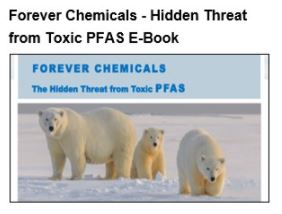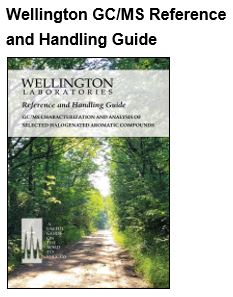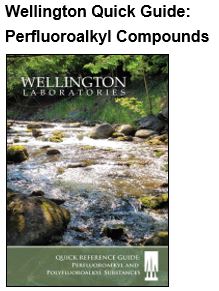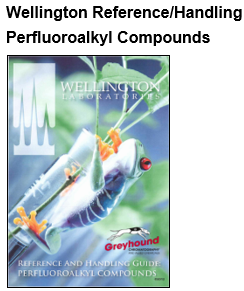Do Crops Grown Undercover Retain More Pesticide Residue?
A recent study suggests that they do.
Pesticides are a necessity in agriculture. Various crops are vulnerable to threats that include weeds, fungi and insects. However, different pesticides raise concerns about the environment, which they can contaminate washing away in runoff, leaching in the soil or volatizing into the local atmosphere. Additionally, people can consume residual pesticides that are left on food.
To curb the impact of pesticides on environmental and human health, scientists continue to study the ways in which these chemical compounds permeate the surroundings or contaminate crops. One team of researchers from Lancaster University in the U.K. observed that pesticides tend to linger longer on food crops grown in glass houses or poly-tunnels, as published in the journal Chemosphere.
Why are pesticides dangerous to human health?
Experts from Purdue University listed different fates for pesticides in the environment. They can pollute bodies of water through runoff, undergo chemical degradation, break down in the soil, biodegrade with microbes or photo degrade after exposure to the sun. However, some residue may end up in the produce that is brought to market.
According to the U.S. Environmental Protection Agency, pesticides are associated with several long-term chronic health problems. These include:
Cancer. Exposure to some household pesticides are associated with leukemia and brain tumors in children. Among adults, there are positive findings linking different pesticides, particularly those common in occupational exposure during agricultural application, to lymphoma, prostate cancer, kidney cancer, diseases of the blood-forming system and other tissues.
Endocrine disruption. Various pesticides, such as DDT and DDE, interfere with normal function of the endocrine system. Consequences of this disruption include premature puberty, altered lactation, malformation of the male urogenital tract and poor thyroid health.
Nervous system effects. Chronic low-level exposure to certain pesticides may be linked to poor mental function and autism spectrum disorder among schoolchildren. Occupational exposure has also been connected to neurological problems in adults, including Parkinson's disease.
Pesticide use 'should be reviewed'
To understand how cultivation settings may impact the presence of pesticides on produce, the researchers from Lancaster University reviewed pesticide data collected on different fruits and vegetables. In their analysis, they paired up various crops, with each combination including one item grown in open fields and one item grown undercover, such as a glass house or a poly-tunnel.
Results showed that the number of lingering pesticides was greater among crops grown undercover than those cultivated out in the open. Furthermore, concentration levels were more likely to exceed the accepted maximum residue levels in undercover crops as opposed to open field produce. This was especially true for pesticides that photo degraded in sunlight.
"Consumers are very interested in pesticide levels in their food so growers also take a very keen interest in keeping levels to a minimum – even when this is well below acceptable levels," lead study author Cris Halsall of Lancaster University said in a statement. "At the same time we are developing techniques which are increasingly sensitive and good at detecting small changes in pesticide levels. This new research will help build up a clearer picture of how pesticides behave under glass and in poly-tunnels. Pesticide-use regimes in closed-cropping systems should be reviewed to help reduce post-harvest residues on salad and soft fruit."
In determining what the acceptable level of pesticide residue is for food, the EPA takes several factors into consideration. These include the toxicity of the pesticide itself as well as its byproducts, how much of a pesticide is applied, how often application takes place and how much of the pesticide is still present once it reaches the market.
CONTACT US
Tel: +44 (0) 151 649 4000
Email: marketing@greyhoundchrom.com
FOLLOW US
YOU MAY ALSO BE INTERESTED IN OUR NEWSLETTER














